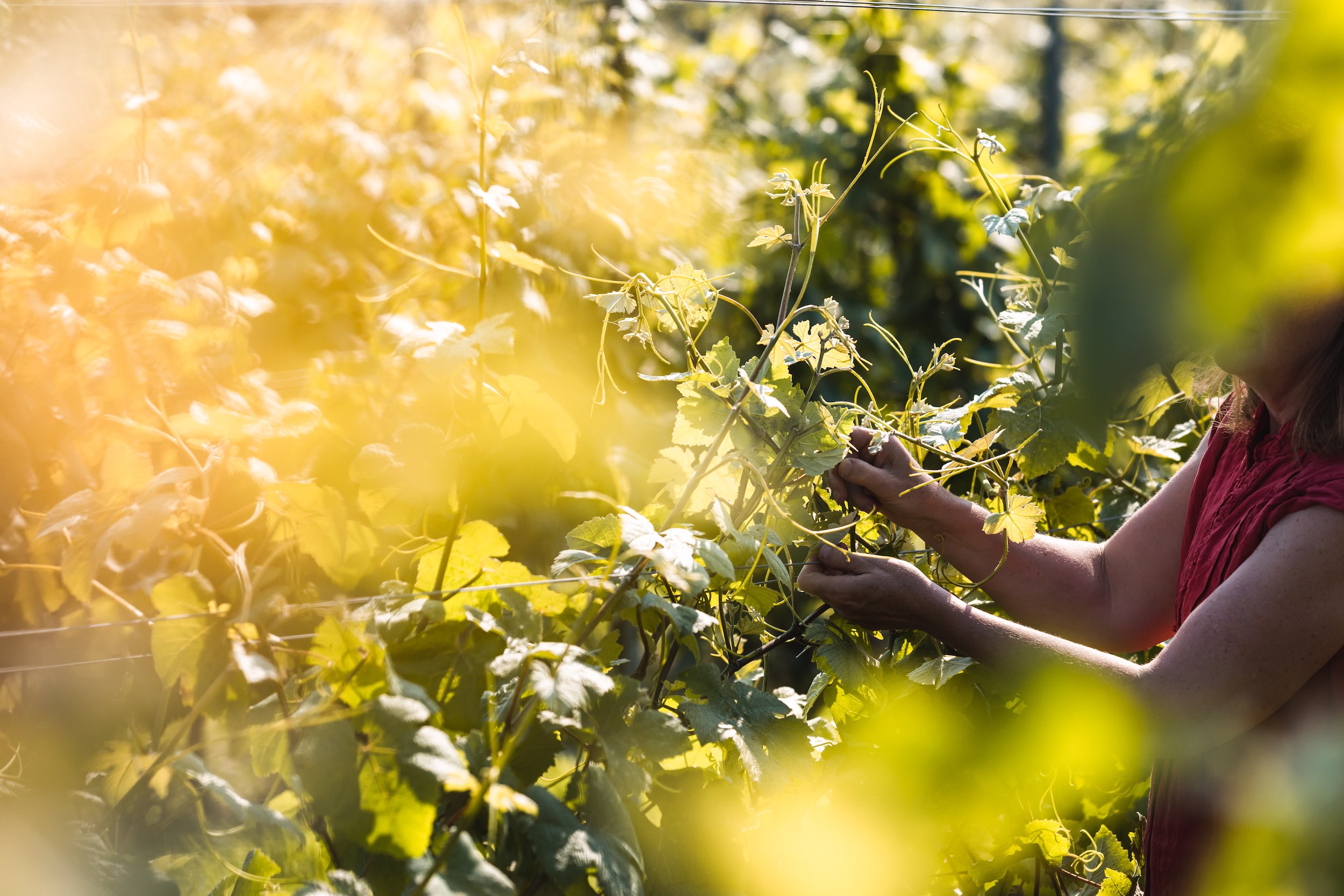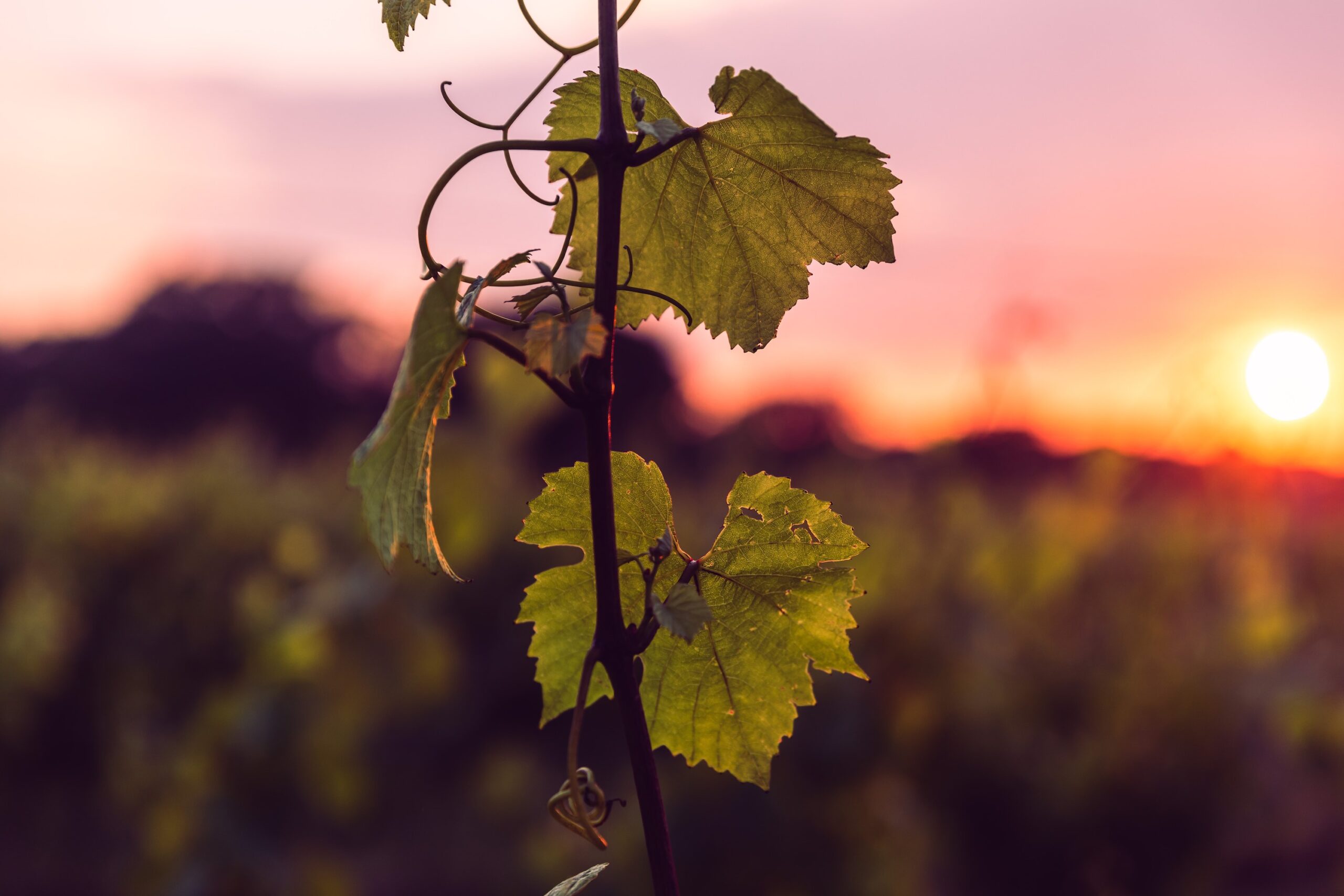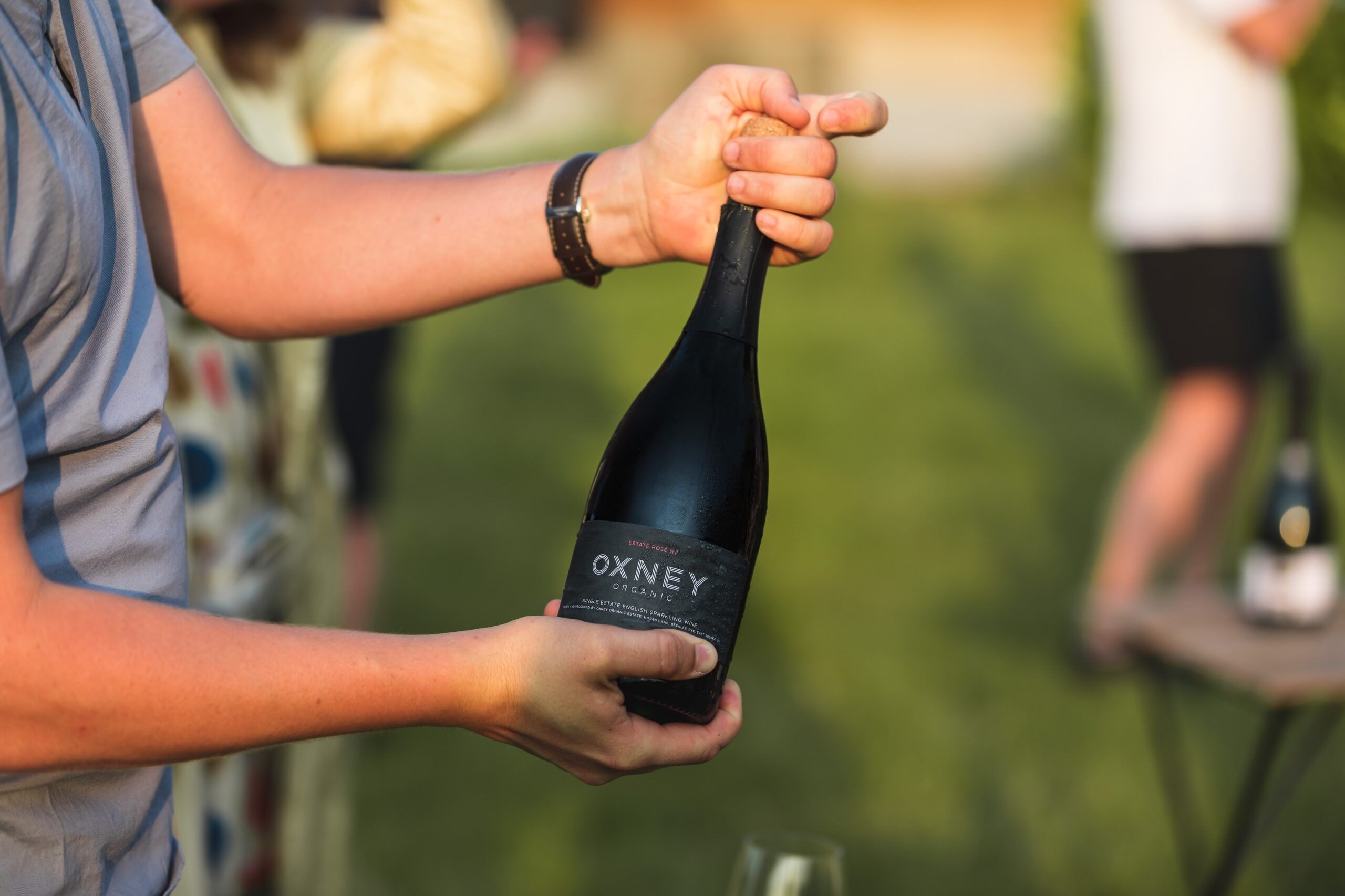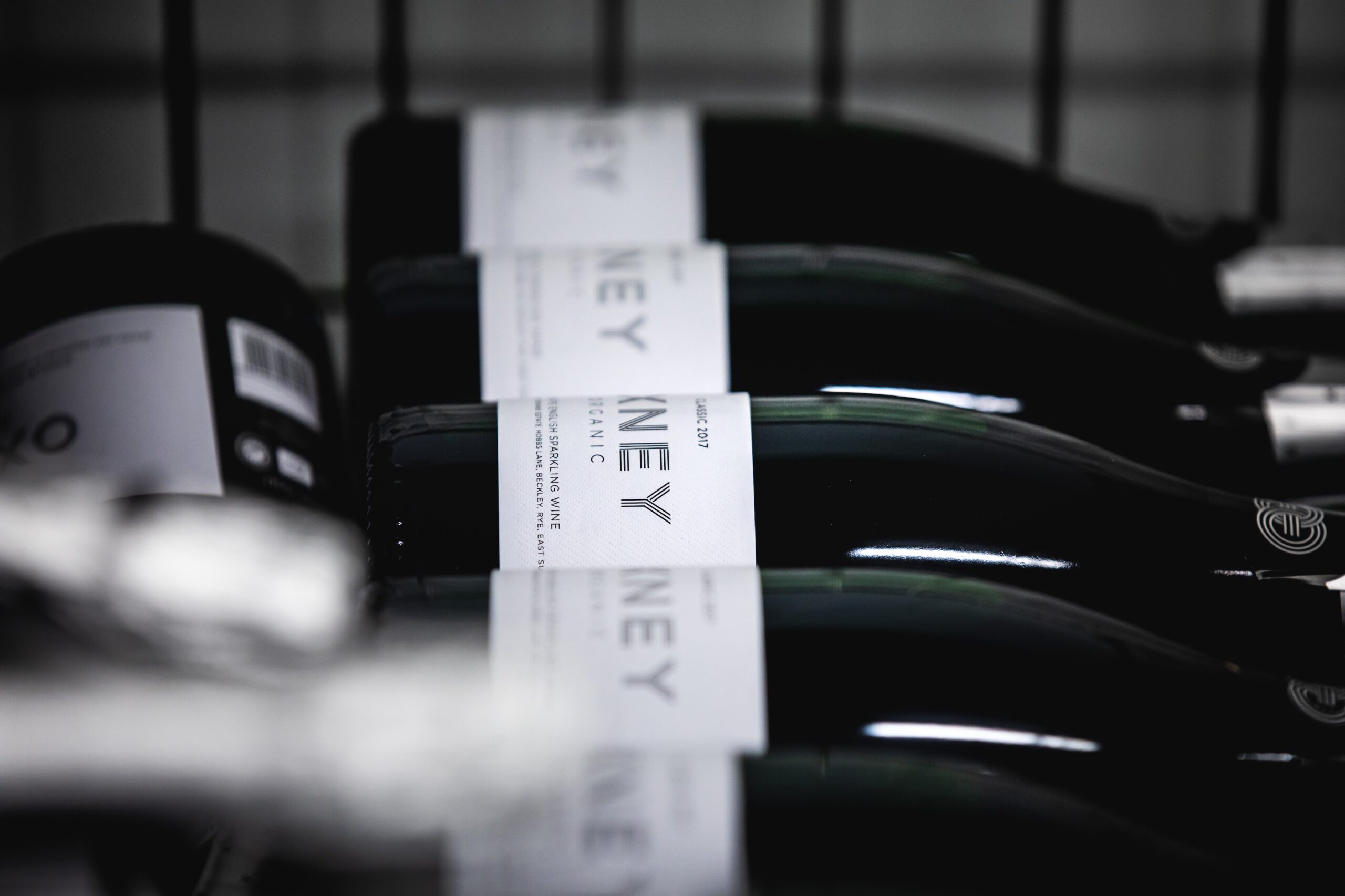2021 in the vineyard: Our silver linings playbook

As the 2021 grape harvest approaches, we can look back on a challenging year in the vineyard with our glass half full.
You have to be an optimist to grow wine grapes in England. The weather in 2021 has done its level best to prove this old adage. It has been the most inclement summer for grape growing in a decade. We wrote back in May about the unusually late budburst, due to the chilly spring. At the time this seemed a veiled blessing as it meant the buds had survived the perennial English threat of spring frosts. For the next three months at least, it turned out to be as good as things got.
At every critical stage of the growing season so far, the weather gods have been at their fickle worst. In July, wind and rain disrupted pollination as the vines were flowering, meaning poor fruit set as fewer inflorescences turned into grapes. Then the bunches that did emerge spent the remainder of the summer being battered by more wet weather and its attendant rots and mildews. Being organic, our vines are naturally stronger than most, but we’ve still suffered significant losses in the vineyard.
Looking ahead to harvest
The next milestone is veraison, when ripening goes into overdrive, the grapes swell as sugars accumulate and anthocyanins in black grape skins turn their colour from green to purple. This has been taking place over the last couple of weeks and actually things are looking promising on that front.
If the current warm, sunny spell continues through the end of this month and into October, we stand to have a crop of ripe, healthy grapes – albeit a small one. If not, we may be back in 2012 territory, when the abysmal weather meant many growers didn’t pick at all. We were fortunate to escape this one, but only because it was the year we planted our first vines.
Reasons to be cheerful in the vineyard
Whatever the weather, we remain optimistic! And not only because our grapes are faring pretty well under the circumstances. Our sunny disposition stems from the other essential tool in the English producer’s kit: resourcefulness. To make wine here, you need to roll with the punches. And when the climate turns against you, you need a good set of coping mechanisms in the vineyard and subsequently in the winery.
Hardy hybrid grape varieties like our very own Seyval Blanc are a great place to start. Seyval ripens well in cooler conditions and is resistant to disease, providing healthy fruit even in cold, wet years. A vital component of our Estate range of non-vintage wines, it’s likely to come into its own this year.
Reasons to be cheerful in the winery #1 – Non-vintage wines
Speaking of non-vintage (NV) wines, they’re another important way for English producers to combat vintage variation. As the name suggests, these sparkling wines are blended from base wines of different years. The goal for NV wines is always to produce a distinctive house style. Whereas vintage wines like our Classic range are made to express the qualities of the year on the label, with NVs you should be able to buy two bottles five years apart and not tell the difference.
The secret is in the blending components. By bringing together new base wines with those carefully stored from previous years (called reserve wines), we can tinker and taste until we have a perfect match with the house style.
Reasons to be cheerful in the winery #2 – Vintage wines
What does 2021 mean for our vintage wines? Well, there’s another sunny upside there. One of the great boons of making sparkling wines – certainly if quality is your focus – is that you get to be selective in when you release it. Traditional method sparkling wines typically take several years to come to fruition. For starters, the second in-bottle fermentation doesn’t begin until the spring following the harvest, and itself goes on for a couple of months.
Even this is barely the beginning of the journey. The dead yeast cells that kickstarted the second fermentation remain in the bottle for anywhere between 15 months and 5+ years, imparting the bakery-shop ‘autolytic’ aromas and flavours that are the celebrated hallmark of this style of sparkling wine. And once the wine is disgorged to remove these dead yeast cells, a further few months resting on cork helps everything to settle back down before release.
All of which means that English sparkling wine producers are sitting on large stores of wine with a broad window of release dates. So if we choose not to make any Classic wines in 2021, the shortfall won’t be felt for a number of years, in which time another 2018 will doubtless have come along to even the balance. Time is our friend, even when the climate isn’t.
Perhaps this is the greatest cause for optimism in English winemaking. We grow and pick grapes on a yearly cycle but we are scanning distant horizons for our ultimate measures of success. We count the good decades not the bad days – which means poor vintages are merely part of the story we will tell our children when we pass our thriving vineyards on to them.


